In the lush paddies of Southeast Asia, where monsoon rains routinely transform fields into temporary lakes, a quiet agricultural revolution is brewing. Scientists have identified a cluster of genes that enable certain rice varieties to survive complete submersion for up to two weeks—a discovery that could safeguard food security for millions as climate change intensifies flooding events.
The breakthrough centers on the SUB1A-1 gene, a master regulator of flood tolerance found in traditional Indian rice cultivar FR13A. When submerged, this genetic switch triggers a dramatic metabolic slowdown, conserving energy until waters recede. "It's like the plant enters a state of suspended animation," explains Dr. Pamela Ronald of UC Davis, whose team first isolated the gene in 2006. "The leaves stop growing, chlorophyll degrades slowly, and starch reserves are meticulously rationed."
What makes this survival mechanism extraordinary is its precision. Unlike drought tolerance—which involves complex interactions between hundreds of genes—submergence resistance appears governed by this single locus. When inserted into high-yielding varieties through marker-assisted breeding, SUB1A-1 confers protection without compromising yield or grain quality. Farmers in Bangladesh now harvest 1-3 tons more per hectare during floods compared to conventional strains.
The gene's effectiveness hinges on its sophisticated response to ethylene gas. As water levels rise, trapped ethylene accumulates around submerged tissues. SUB1A-1 detects this gaseous signal and activates two survival strategies: suppressing elongation growth (which would otherwise exhaust energy reserves) and enhancing anaerobic respiration enzymes. This dual response allows the plant to endure oxygen deprivation that would kill most crops within days.
Field trials in flood-prone regions reveal startling adaptability. In eastern India, Swarna-Sub1 rice withstood 17 days underwater during 2020's catastrophic floods, bouncing back to produce 75% of normal yields while neighboring fields were decimated. The variety has since been adopted by over 6 million farmers across Asia. "These plants don't just survive—they remember," notes Dr. Abdelbagi Ismail at the International Rice Research Institute. "We've observed epigenetic changes that prime the plants for faster recovery after recurrent floods."
However, researchers caution that SUB1A-1 isn't a panacea. The gene provides protection against short-term flooding (10-14 days), but prolonged submergence requires complementary traits like faster stem elongation—found in so-called "deepwater" rice varieties. Scientists are now pyramiding multiple flood-tolerance genes to create resilient "scuba rice" capable of surviving diverse water extremes.
The implications extend beyond agriculture. By studying how these rice varieties maintain cellular integrity without oxygen, medical researchers are gaining insights into human conditions like stroke and heart attack. The plant's ability to reactivate mitochondrial function after anoxia mirrors processes that could protect human neurons during oxygen deprivation.
As climate models predict increased monsoon variability, the race is on to democratize flood-resistant rice. NGOs are training farmers in seed preservation techniques, while biotechnologists explore CRISPR edits to fine-tune submergence responses. The humble rice genome, it seems, holds evolutionary wisdom for our waterlogged future—one that we're only beginning to decipher.

By /Jul 3, 2025

By /Jul 3, 2025

By /Jul 3, 2025

By /Jul 3, 2025

By /Jul 3, 2025

By /Jul 3, 2025

By /Jul 3, 2025

By /Jul 3, 2025

By /Jul 3, 2025

By /Jul 3, 2025
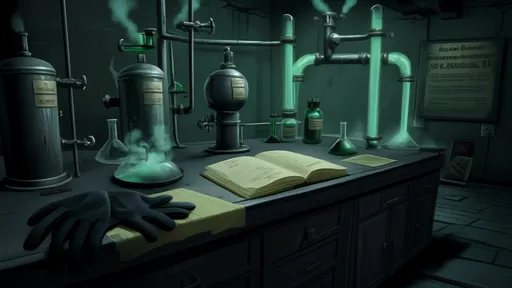
By /Jul 3, 2025

By /Jul 3, 2025

By /Jul 3, 2025
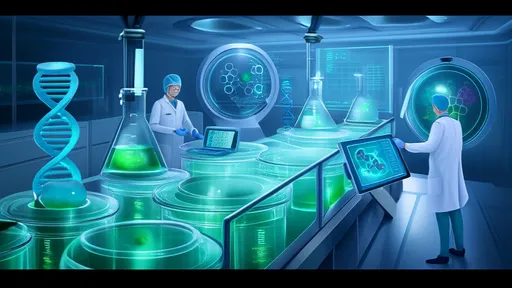
By /Jul 3, 2025

By /Jul 3, 2025
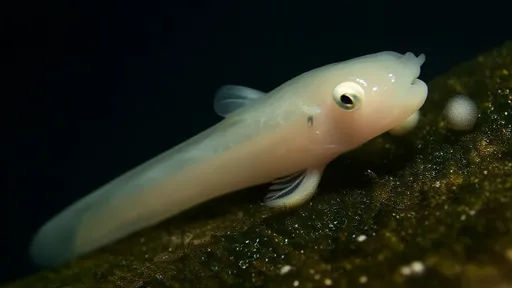
By /Jul 3, 2025
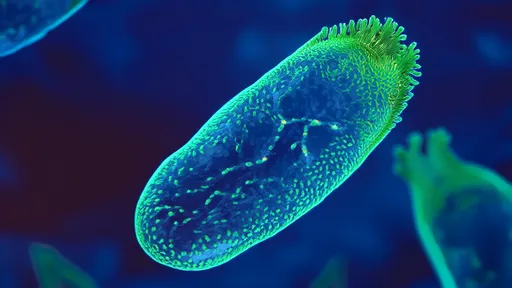
By /Jul 3, 2025
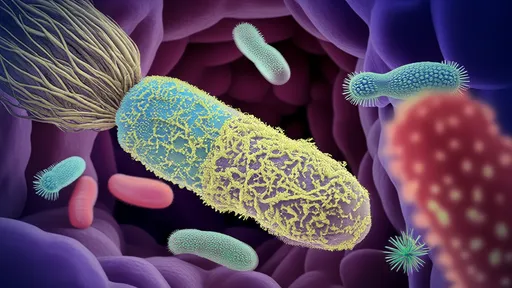
By /Jul 3, 2025
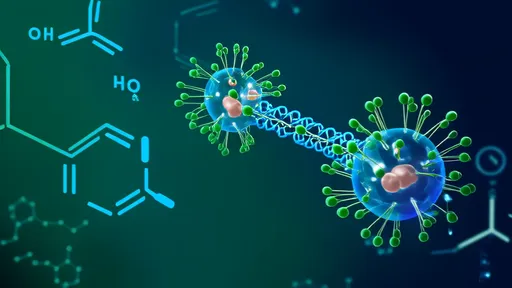
By /Jul 3, 2025
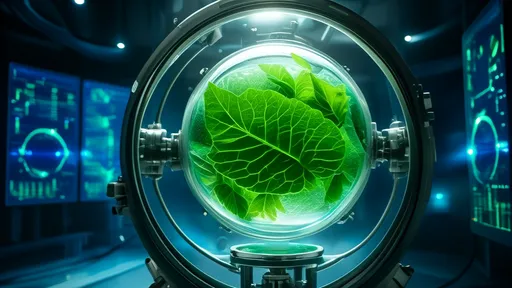
By /Jul 3, 2025